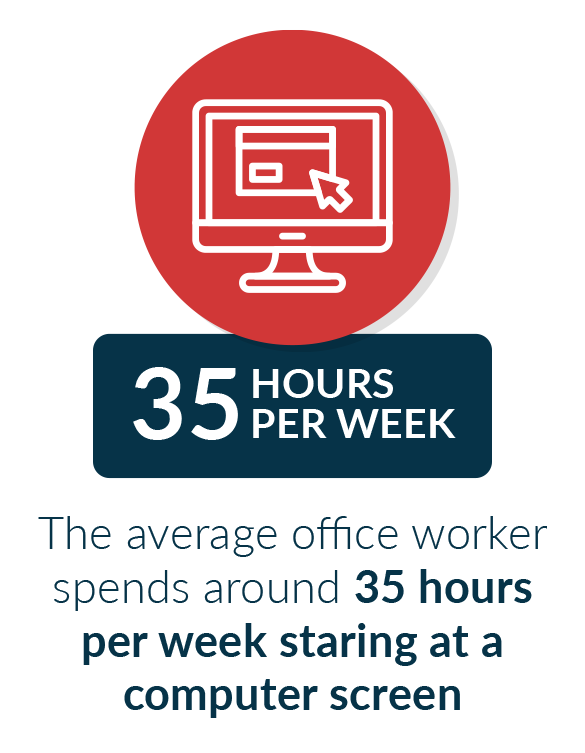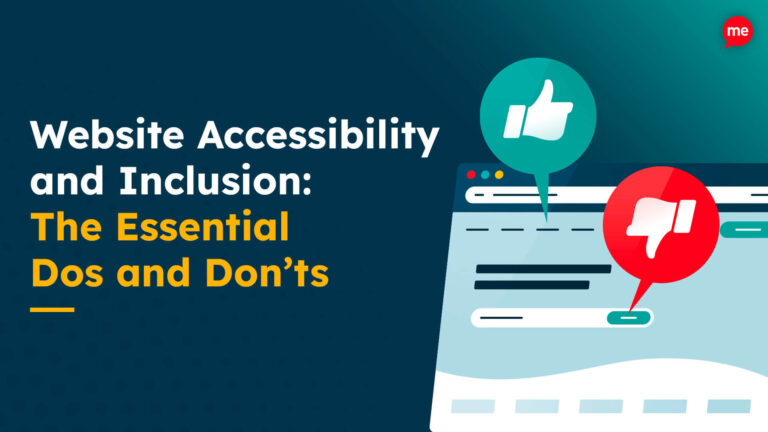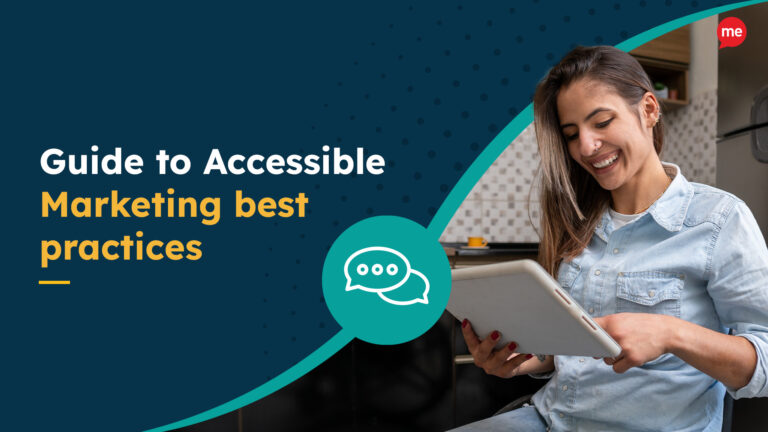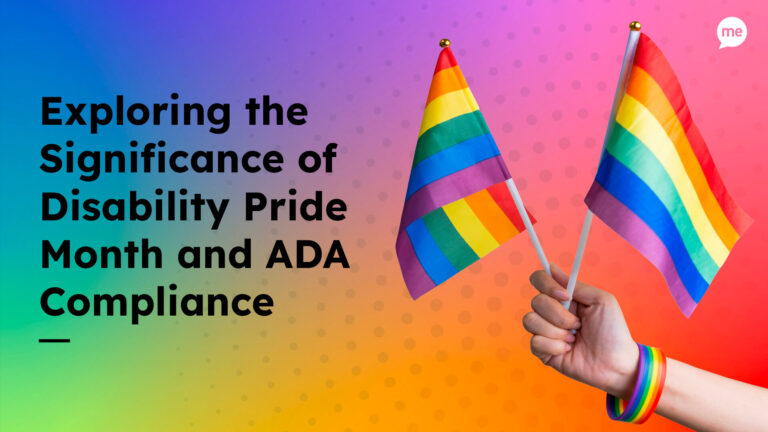Written by Ross Linnett, Recite Me Founder and CEO
One question we get asked a lot from organisations that are looking to provide an inclusive website is, “How many people actually need support online and who uses the toolbars?” And the truth is a lot more people than you may first think… Try Millions, around 20% of the population!
The internet can be a minefield of access barriers. On any given website, a barrier can be any element of the design or formatting that prevents users from reading and understanding the content.
Data can provide us with a lot of information and this is something Recite Me shares with all our clients but this isn’t the full story! What data can’t and won’t tell you, is the exact number of disabled users your website attracts, the representation of your brand, and that accessibility really does support everyone.
You might be thinking, ‘why not?’. Surely it would be in our commercial interest to make that information available? Well, data privacy, for starters. But also because those stats come irrelevant when we were are talking about people. Real-life people with real-life needs. Ultimately making the online world inclusive is the right thing to do. So to some degree, the ROI becomes irrelevant.
Protecting User Privacy
We all leave increasingly larger digital footprints year on year, and our personal data has become something of a currency. Websites track our IP addresses, and apps track our location, habits, preferences, and buyer behaviours. How that information is used affects everyone, but disabled users are more heavily impacted by the lack of control over their data footprints. If disability information is allowed to be used as a metric, it can lead to additional stigma and the further segregation of people who are already vulnerable and marginalised. Because of this, standards exist to protect the user data of your disabled website visitors.
 Accessibility ROI Shouldn’t Be A Thing
Accessibility ROI Shouldn’t Be A Thing
Even if you knew how many disabled people used your website, would it matter? If the number seemed smaller than you were expecting, would you de-prioritise accessibility and inclusion factors? Or even drop some of the accessible features from your website based on the cost-benefit analysis? Either would be a mistake. Not only is web accessibility expected by law in most countries, but your customers expect it. 52% of consumers consider a company’s values when making a purchase. So if your organization isn’t viewed as being inclusive, your products and services will appear less authentic, you’ll lose out on sales, and your brand image will suffer.
“Digital businesses with accessible websites are demonstrating leadership by example. They are showcasing proof that ethical accessibility practices can help increase brand credibility, inclusion for all, and online conversions.”
Kim Krause Berg, Web Design Standards and Compliance Specialist
Disability Data Doesn’t Accurately Predict Market Potential
An alternative (and much better) question than ‘how many disabled people use my website?’ might be ‘how many disabled people don’t use my website?’. Because even if you had a handle on disabled website visitor stats, that wouldn’t tell you anything about the potential traffic and conversion boost you’d receive by adding additional accessibility features. It’s estimated that 1 in every 5 people has a physical, visual, auditory, cognitive, or neurological disability that can make accessing information online difficult. If your website doesn’t have the features those people need, they’re probably already spending on a competitor’s website. So not only is making your website accessible the right thing to do, it gives you instant access to an additional 20% of the market.
 Accessibility Benefits Everyone
Accessibility Benefits Everyone
Improving web accessibility doesn’t just benefit disabled users. It benefits everyone. For example, it’s estimated that the average office worker spends around 35 hours per week staring at a computer screen – and that’s without the several additional hours spent glued to a smartphone outside of work. So it’s hardly surprising that up to 90% of people experience some kind of screen fatigue. By embracing assistive technology, everyone can make adjustments for improved comfort and reduced fatigue.
Websites That Work Make People Happy
Our user feedback supports the use of assistive technology, even among users that don’t have a physical or hidden disability:
“It doesn’t strain or hurt my eyes when I read now.”
“Being able to change the background to black is a real bonus for me – I get dry eyes, so this extends the amount of time I can stay online.”
For disabled website visitors, adding an assistive technology offers equity and can be the difference between whether people can access, read, and understand important information or not.
“I have Autism and Dyslexia. With the Recite Me toolbar enabled, I can change to a Dyslexia-friendly font and add a ruler to keep my place, which really helps me to understand the information I need to stay independent.”
When Information Is Vital, Information Must Be Accessible to All
I’ve been saying this for a while now. It’s been especially important during the COVID-19 pandemic, as without access to the same information as everyone else, it’s easy for vulnerable citizens to become ostracised.
It’s not just about the COVID-19 era, though. Even things like unusual climatic events have links with web accessibility. Take the storms we’ve experienced in the last few months. On November 27th, when Storm Arwen was at its worst, we witnessed a 152% spike in toolbar usage compared to the same day the year before. In total, nearly 5,000 people relied on our assistive technology to view over 20,000 website pages. Similar spikes followed as Storm Barra and Storm Malik arrived.
Those statistics demonstrate the value of providing customers with the extra tools they need to access vital information hassle-free. Thankfully, many leading housing, construction, and utility companies already use our assistive technology software on their websites. So for their customers, the struggle was not so great, and we are proud to have played a small role in making life a little less complicated in what was a very stressful time. However, imagine being stuck in a damaged property without power or hot water, and having to battle to find accessible information online before your tablet or smartphone battery dies.
“Accessibility is key on any day – but when it comes to events where up-to-date information allows people to make choices to keep themselves, their families and those that they care for safe, it is vital.
Jo Giles, Customer Safeguarding Senior Manager at Cadent
Want to know more about our assistive toolbar, how it works, and the difference it could make to your customers? Recite Me is now installed on over 3,500 websites. Installation involves just a few lines of code and typically takes less than an hour.
Contact our team today or book a demo to discover the inclusive power of our website assistive technology.


